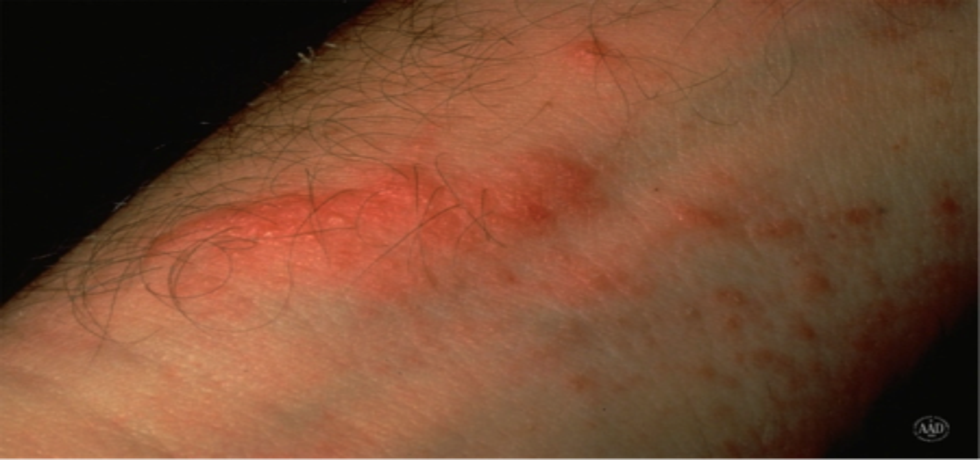
Treating Poison Ivy, Oak, and Sumac Rash: Expert Tips
Understanding the Rash Caused by Poisonous Plants
Are you dealing with an uncomfortable rash caused by poison ivy, oak, or sumac? You’re not alone! Many people in India encounter these pesky plants, which can lead to an itchy, blistering rash due to an oil called urushiol. Understanding how to effectively treat this rash at home can save you from unnecessary discomfort. Let’s dive into expert tips for treating poison ivy, oak, and sumac rash to help you regain your skin’s health.
Immediate Steps After Contact
The first step in treating a rash caused by poison ivy is to wash the affected area immediately. Rinsing your skin with lukewarm, soapy water can help remove the urushiol oil. It’s crucial to act quickly; if you rinse off the oil shortly after contact, you may prevent the rash from developing at all. Make sure to wash your clothes thoroughly as well, as the oil can stick to fabric and spread the rash to other parts of your body. Remember to wear gloves while washing to avoid further skin exposure!
How to Alleviate the Itch
If you’ve already developed a rash, there are several ways to manage the itch effectively. Taking short, lukewarm baths with colloidal oatmeal or adding baking soda can be quite soothing. Additionally, applying calamine lotion can help reduce the itching sensation. For those who wish to provide further relief, hydrocortisone cream is another good option. Using cool compresses is also beneficial; simply wet a clean washcloth in cold water and apply it to the affected areas.
Importance of Avoiding Scratching
One essential aspect of treating poison ivy, oak, and sumac rash is to avoid scratching. Scratching can lead to infections, worsening the situation. Additionally, if blisters form, resist the temptation to pop them. Keeping the blisters intact will help protect the raw skin beneath and prevent potential infections. If your symptoms escalate or haven’t improved after a week to ten days, it may be time to consult a dermatologist for professional advice.
When to Seek Professional Help
Signs of a severe allergic reaction, such as difficulty breathing, facial swelling, or a rash covering a large portion of your body, necessitate immediate medical attention. At The Skin Artistry, we understand the importance of timely care in cases of poison ivy, oak, and sumac rashes. Always consult with a board-certified dermatologist if unsure about the severity of your rash. They can confirm whether its caused by these plants and recommend tailored treatments.
Conclusion: Your Skin Deserves Care
Managing a rash caused by poison ivy, oak, or sumac can be uncomfortable, but following these tips can ease the process. Remember, if you’re uncertain about treatment or your rash persists, dont hesitate to reach out to experts at The Skin Artistry for professional assistance. Taking care of your skin is essential, so prioritize effective treatment and protect your skin’s health today.
For professional assistance and expert advice from leading dermatologists like Dr. Hital Patel, experience the benefits of treating poison ivy, oak, and sumac rash with Hair & Skin Specialist Dr. Hital Patel at The Skin Artistry. Our clinics in PDPU Gandhinagar, Vastrapur Ahmedabad, and Hyderabad (Visiting Consultant) offer top-quality care and personalized treatments. Visit us today to learn more about our services and take advantage of our special offers! For more insights, updates, or to collaborate, stay connected with The Skin Artistry.

